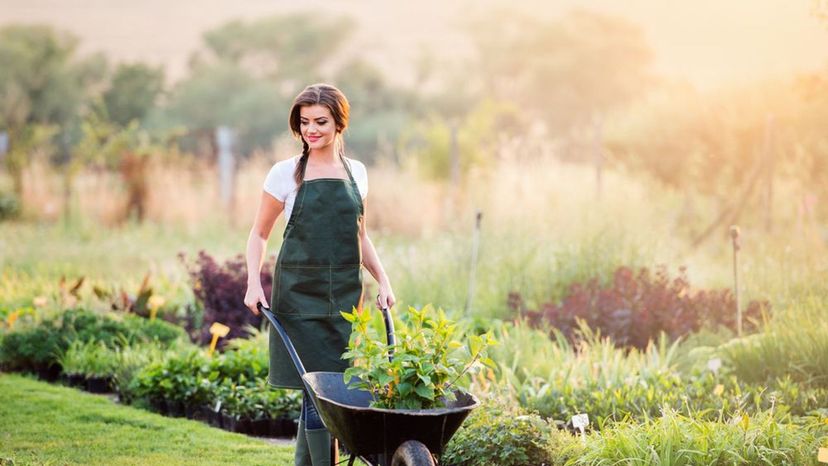
About This Quiz
Is your thumb green enough to ace this quiz? It's time to break out the rubber boots, gardening gloves and hat as we journey through the garden!
Did you know that gardening has been around for centuries? The world's oldest form of gardening is known as forest gardening. This is a low-maintenance plant-based food production system that is found mainly in tropical and temperate climates. Forest gardening produces many fruits, nuts, shrubs, herbs, vines and lots of perennial vegetables.
While some gardeners grow food for sustenance, other gardeners find simple joy in the beauty of their landscapes. This type of "ornamental horticulture" dates back to ancient times. The Hanging Gardens of Babylon is even one of the Seven Wonders of the Ancient World!Â
From your small herb garden to the greenhouse in the village, gardening takes on many forms. No matter what, all gardeners have the same goal - keep those plants alive and thriving. Remember that the flowers of tomorrow are in the seeds of yesterday. So if you want to succeed, keep that soil healthy, your leaves pruned and don't forget the water!Â
Now put your pocket snips away, stop beating around the bush and take this ultimate gardening lingo quiz now!Â
Advertisement
Advertisement
Advertisement
Advertisement
Advertisement
Advertisement
Advertisement
Advertisement
Advertisement
Advertisement
Advertisement